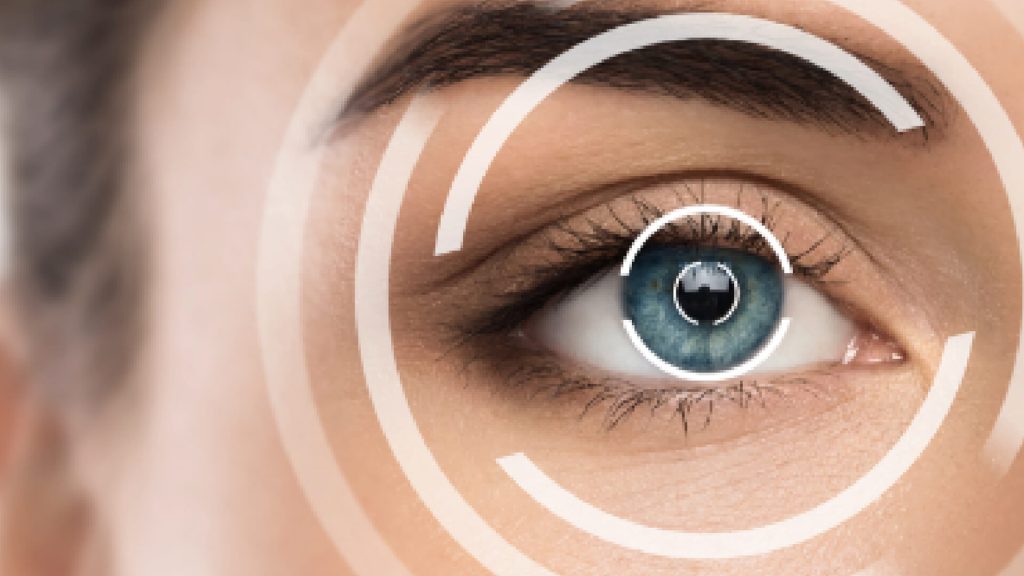Diabetes is the leading cause of blindness in working age Australians, a staggering statistic, considering the fact that almost all diabetes related blindness can be prevented.
Most GPs will know that the two golden rules of diabetic eye disease management are, EARLY DIAGNOSIS and PROMPT TREATMENT.
If the damage to the eye is detected before sight becomes affected, then treatment may still prevent vision loss. However, once your vision starts to deteriorate, then the treatment process will be more complex, take longer to restore, and in many cases, it may be more difficult to halt the progression of the disease.
The current Australian NHMRC screening guidelines recommend that individuals with diabetes should have a dilated fundus examination, and a visual acuity assessment at the time the diabetes is diagnosed; then once every second year. For those who have had diabetes for more than 10 years, or those who are deemed to have high risk features – i.e., poor glycaemic control, blood pressure or lipid control without diabetic retinopathy, and/or are of ATSI descent, then an annual examination is recommended.
Currently 1.36 million Australians are living with diabetes. Concerningly, diabetic eye disease is already present in 6% of those with newly diagnosed diabetes (mean age of 61).
Unfortunately, only 50% of people with diabetes followed the biennial dilated exam guideline. What is more alarming is that only 20% of patients who have had diabetes for more than 10 years were adherent to annual eye examinations. A recent National Eye Health Survey (NEHS) showed that 75% of Australians with diabetes who were non-adherent to screening eye exams, were either unaware of the need for regular eye examinations, or did not feel they were at-risk. A common misconception among these patients was the understanding that visual loss was a condition only relevant to older individuals, or people who have had diabetes for a long time.
The major causes of diabetes-related vision loss are Diabetic Maculopathy, Diabetic Retinopathy, and earlier onset and progression of Cataracts in patients with diabetes.
TREATMENT OPTIONS:
In addition to optimal glycaemic control, the gold standard management for proliferative diabetic retinopathy is still pan-retinal photocoagulation laser treatment. However, with the advent of intravitreal anti-VEGF injections, the paradigm for treatment of diabetic maculopathy and diabetic macular oedema has shifted away from focal/grid laser, which has the potential for irreversible tissue damage and vision loss.
We recommend that GPs refer their diabetic patients to an ophthalmologist or local optometrist for routine one-to-two-yearly diabetic eye checks, even if vision is not yet affected.
More importantly, GPs should not hesitate to refer their high-risk patients to a retinal specialist, as the severity of their eye disease may be a lot more advanced than suspected.
Queensland Retina Specialists is a Brisbane based eye surgery specialising in medical and surgical retinal care, complex cataracts and ocular trauma. The practice is fully equipped with a comprehensive range of cutting edge technological and high precision equipment.
Dr Sean Cheng and his team delivers evidence-based eye care, with the mission to keep you informed via a patient-centred and collaborative treatment plan.
For more information about Dr Sean Cheng and Queensland Retina Specialists, please visit our website: qldretinaspecialists.com.au or give us a call at 07 3555 5960.
